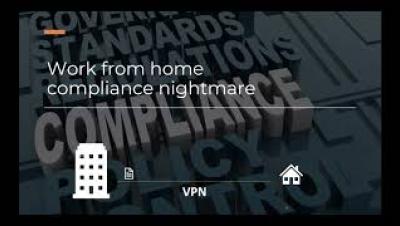Five Cybersecurity Priorities to focus on in 2021
2020 will go down in history as a year of surprises. The Covid-19 pandemic resulted in challenges to health, wealth, business, and cybersecurity. The early part of the year saw a rapid movement out of the office, introducing a sudden need to support home working. According to Gartner, 88% of companies sent their workforce home to work during the peak of the pandemic. This remote work environment is continuing for many organizations in 2021. In 2020, businesses were forced to adapt fast.



